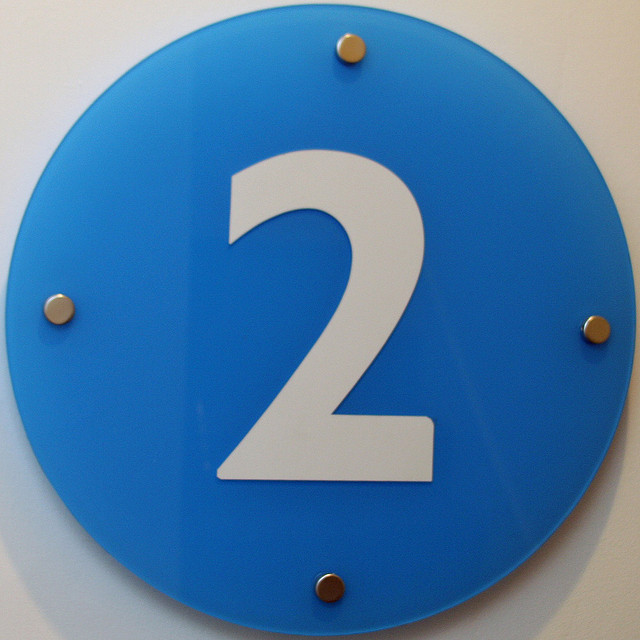What Are Your Marketing Goals for This Year?


If you read last week’s blog and thought a bit about where your business is now, you’ll be in a good place to continue your marketing journey. You know your starting point on the map. The next thing to do is to decide where you’d like to go, so that you can plan your route, so that you can arrive where you want to, instead of just driving round and round in circles.
You might already have a good idea of where you want to take to your business – how many clients you want, how much money you want to earn and when you want to sell your business and sail off around the world into your retirement! A long term goal or a vision is a great thing to have. In order to reach it, you need to break down that goal into smaller more manageable ones that will allow you to get there, step by step.
If you’re not yet sure where you’re going, don’t worry, because this blog will get you thinking about what you want to achieve and what you can achieve.
SMART and ‘not so SMART’ Goals
Before you start thinking about and writing down your goals, a few words about how SMART they are. There are different ways of looking at goals and one is SMART, which many people use to set their goals.
Specific – this means you goal needs to be definite and unambiguous.
Measureable – so that you can measure the change that occurs, in terms of number of clients, size of turnover or whatever you’re aiming for.
Achievable – within your reach. If you’ve only got two clients now and you want 100 within two months, can you really do it?
Realistic – could your business cope with taking on 98 more clients in two months? Are there that many people needing your service in your area?
Timed – when do you want to achieve your goal?
So a SMART goal for your business might be to double the number of clients over the next 12 months.
The problem with setting yourself SMART goals is that they might not inspire you. They may not encourage you to push yourself and your business, to see what you can really accomplish. Here’s why:
Specific – this is not always a good thing, because it would exclude goals like those of Apple for “insanely great technology”.
Measureable – so something measurably average is better than something clearly outstanding that’s hard to quantify?
Achievable and Realistic – objectives you know you can achieve are much less challenging than ones you might achieve, if you really put your mind to it. The worst thing about achievable objectives is that once you meet them, you’re likely to stop trying. A tough goal like “to be the best career coach in the UK” is much more likely to inspire you. You may never get there, but every day you’ll get a little closer.
Timed – this creates a dangerous illusion that you can decide not only what’s going to change, but how long it will take. In reality the world is unpredictable and you need to be ready to change with it.
Some people believe that using SMART objectives assumes that the future is predictable, that it will be similar to the present and that your continual success will simply require more of what you’re already doing. If you believe this, take some time to set goals for yourself and your business that really inspire you, even if you never quite reach them.
If you’d prefer to set SMART goals, that’s fine too. The framework works really well for some people, especially if you’ve not done much goal setting before.
There’s more on setting goals in Part Two of the Magnetic Marketing course, which comes with a video explaining all you need to know and clear activities to help you move your marketing and your business forwards every week. Click here to find out more and join the Magnetic Marketing community.




